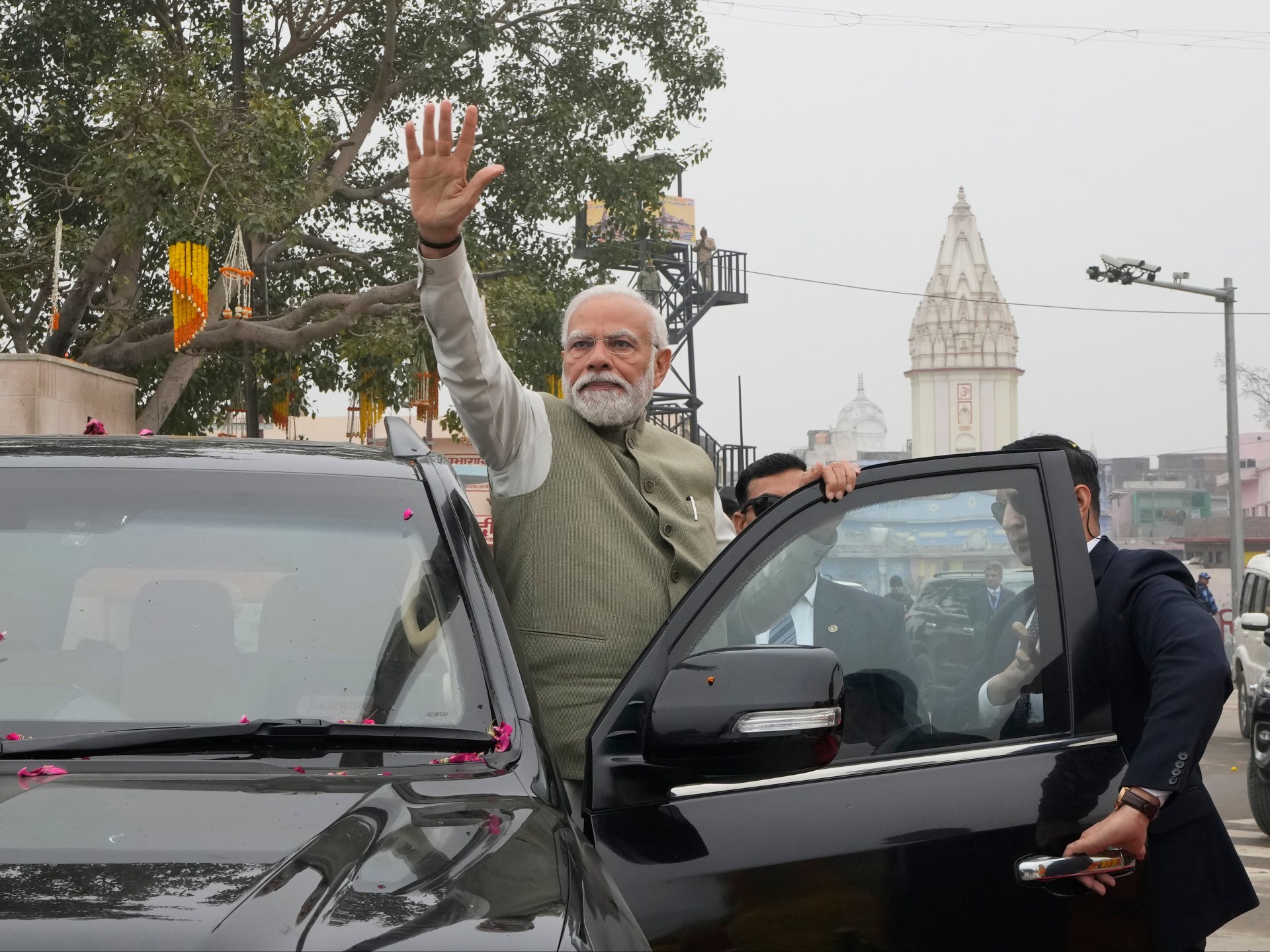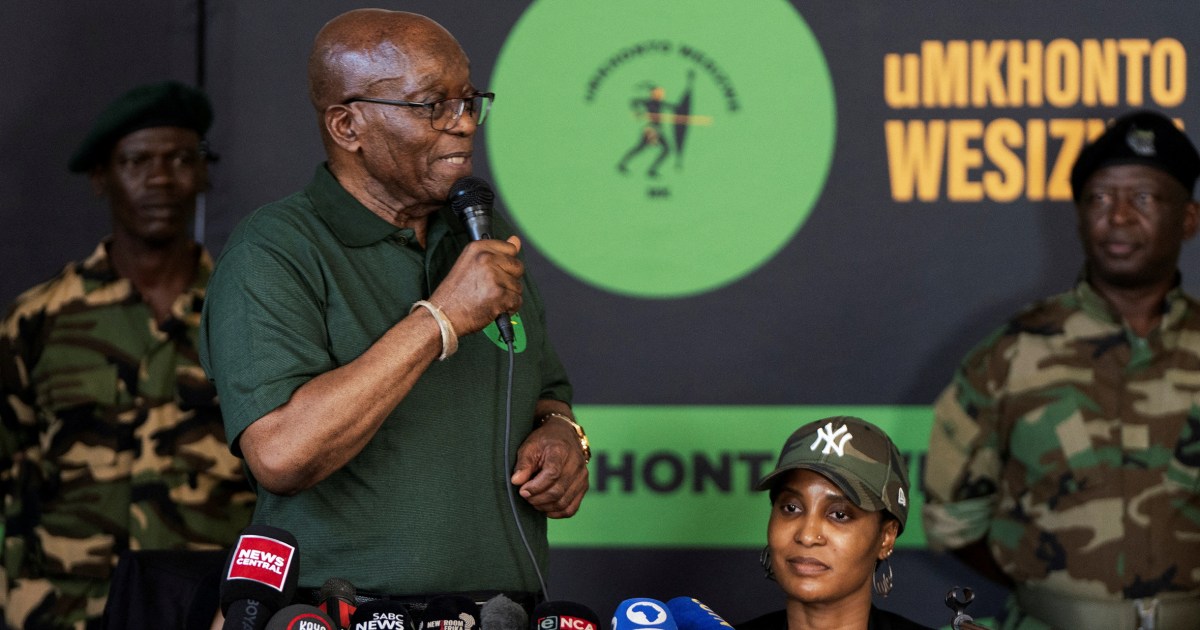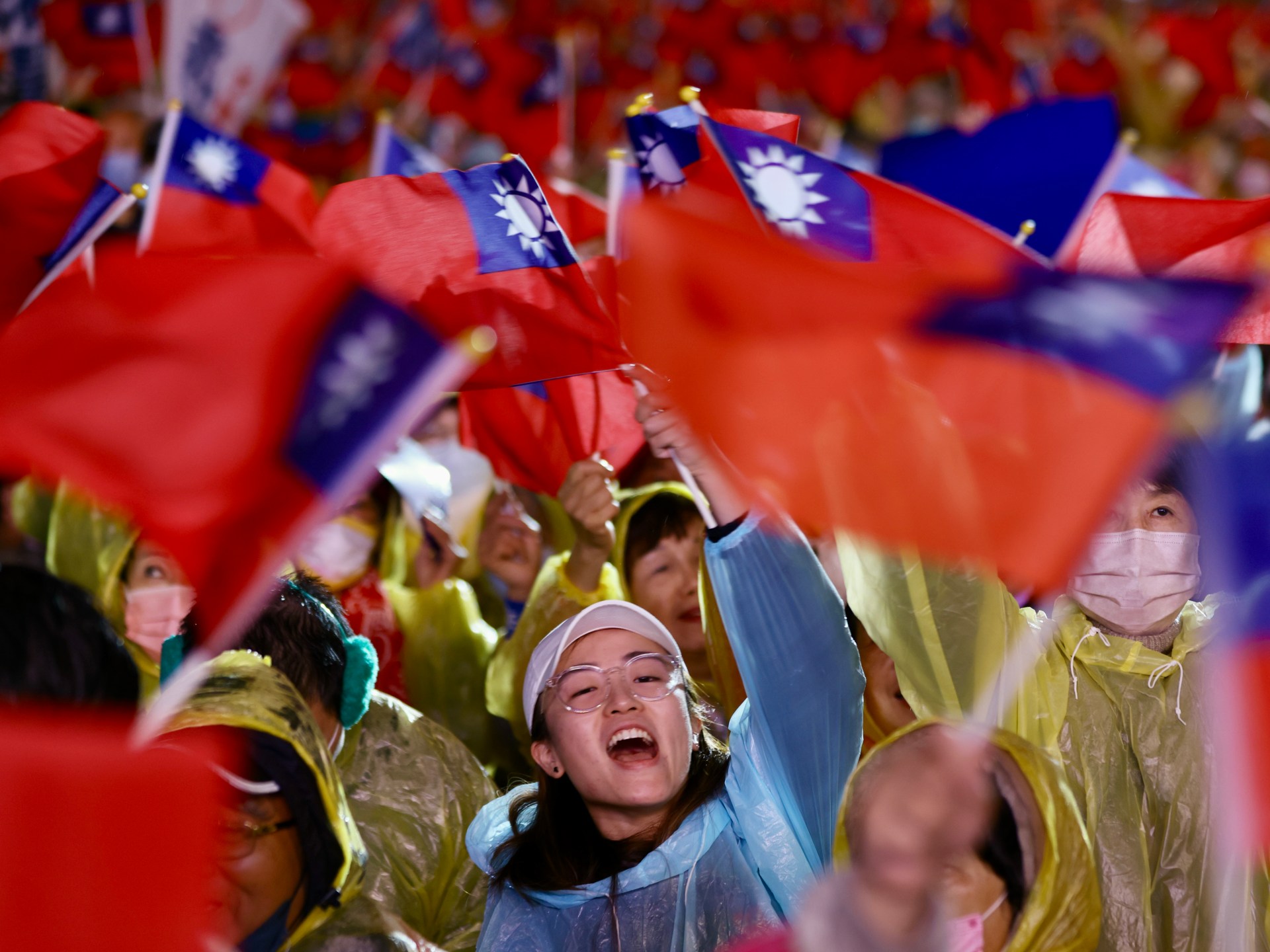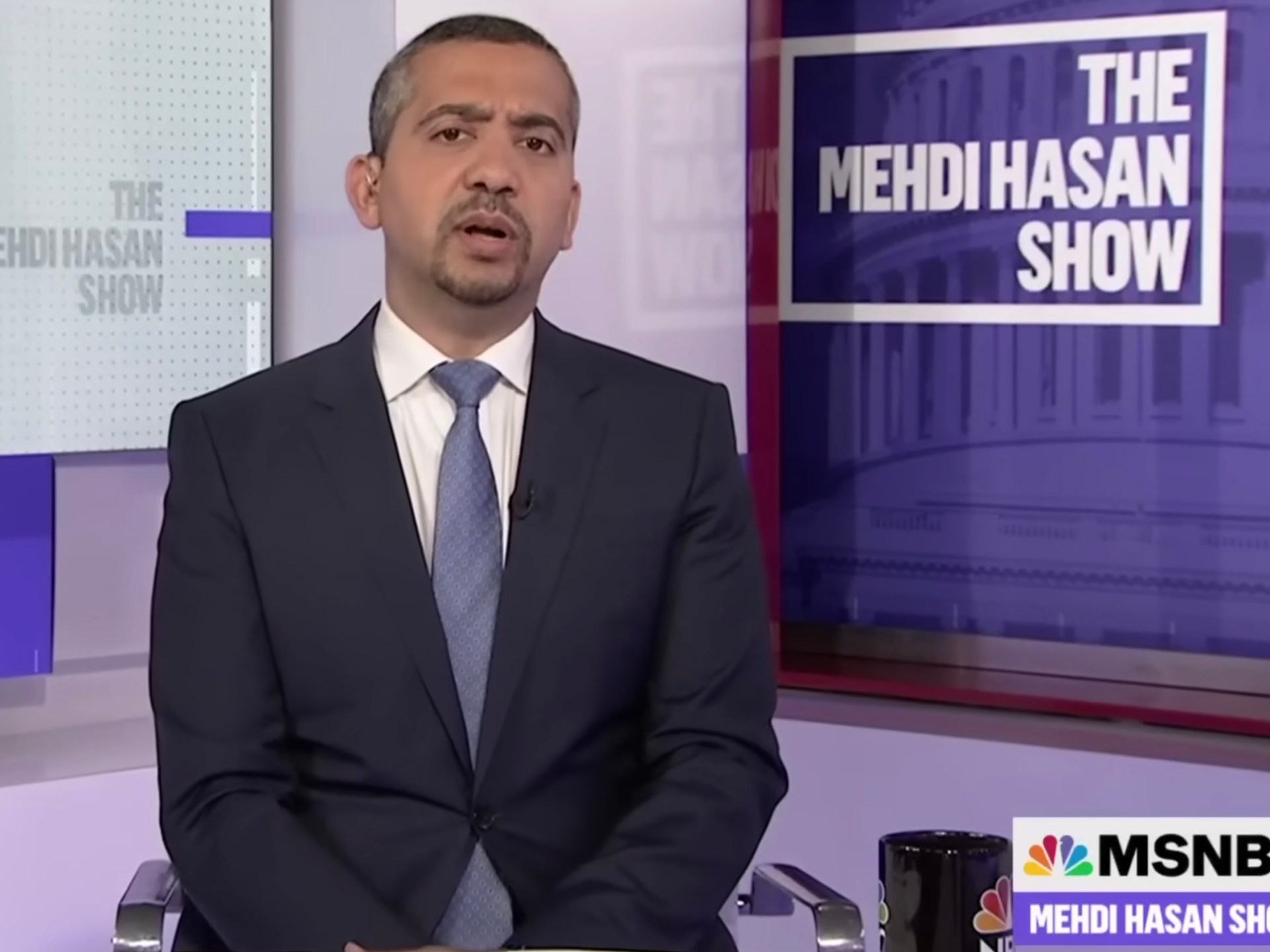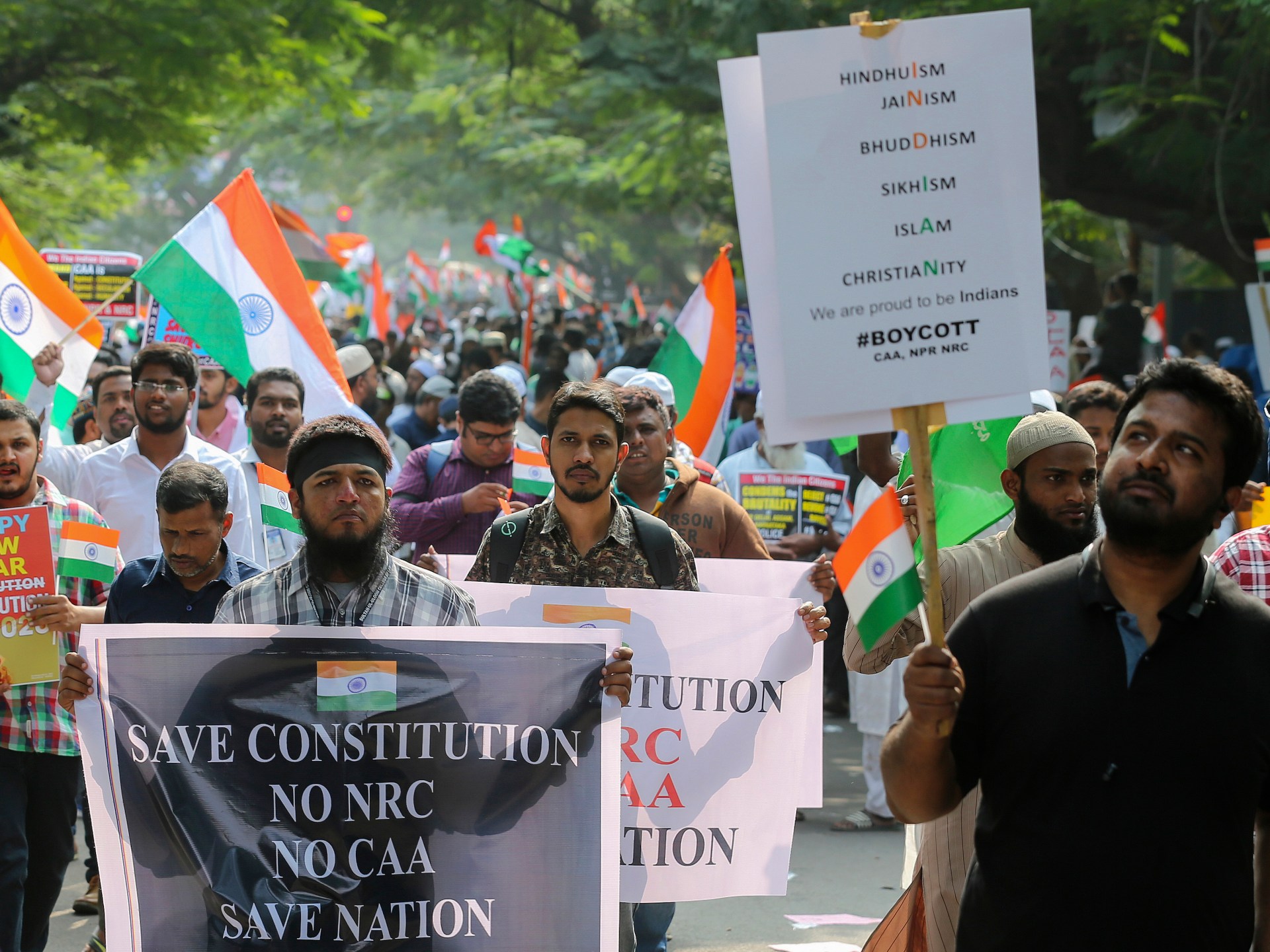What are India’s electoral bonds, the secret donations powering Modi’s BJP? | Narendra Modi News
A mysterious source of electoral funding, which has generated hundreds of millions of dollars in revenues for the ruling Bharatiya Janata Party (BJP), is under scrutiny in India after the country’s top court found in November that they “put a premium on opacity” and can be “misused for money laundering”.
On Thursday, the Supreme Court will announce its verdict on an ongoing petition calling for electoral bonds, which have become a major source of funding for political parties in India – and especially the BJP – to be banned.
What the court rules could fundamentally determine how India’s coming general elections, between March and May, are fought; how much of a role untraced money plays in it; and who has the resources to dominate the political landscape.
While donors using electoral bonds are technically anonymous, however, the State Bank of India is publicly owned, meaning the ruling party has access to its data. This is likely to dissuade large donors from using electoral bonds to donate to opposition parties, critics have said.
Furthermore, in 2017, India’s central bank, the Reserve Bank of India, cautioned the Modi government that the bonds could be misused by shell companies to “facilitate money laundering”. In 2019, the country’s Election Commission described the system as “a retrograde step as far as transparency of donations is concerned”.
Since 2018, secret donors have given nearly 16,000 crore Indian rupees (more than $1.9bn) to political parties through these bonds. Between 2018 and March 2022 – the period analysed by the Association for Democratic Reforms (ADR), a nongovernment organisation – 57 percent of donations via electoral bonds (about $600m) went to Modi’s BJP.
As India prepares for more than 900 million voters to go to the polls to elect a new government between March and May, these funds have allowed the BJP to transform itself into a dominant electoral machine. From financing tens of thousands of WhatsApp groups promoting its agenda to paying for the block-booking of private jets, electoral bonds have provided the BJP with a massive injection of resources, which give it a clear edge over its rivals.
How do electoral bonds work and why are they being criticised as “undemocratic”?
What are electoral bonds?
Electoral bonds (EBs) are “bearer” instruments, like currency notes. They are sold in denominations of 1,000 rupees ($12), 10,000 rupees ($120), 100,000 rupees ($1,200), one million rupees ($12,000) and 10 million rupees ($120,000). They can be purchased by individuals, groups or corporate organisations and donated to the political party of their choice, which can then redeem them, free of interest, after 15 days.
While political parties are required to reveal the identities of all donors who donate more than 20,000 rupees ($240) in cash, the names of those donating via electoral bonds never have to be revealed, no matter how large the sum.
Since their introduction, EBs have become the primary method of political funding – 56 percent of all funding in Indian politics comes from EBs, according to a report by the ADR. The ability to donate money anonymously has made them extremely popular but is also shrouded in secrecy, which many argue is undemocratic and could provide cover for corruption.
When it brought in the new law allowing this type of funding, the Modi government also did away with a number of requirements meant to improve transparency in political funding: A previous law capping corporate donations was abolished, companies were no longer required to disclose their donations in their statements, and foreign companies, hitherto not allowed to fund Indian parties, could now do so through their Indian subsidiaries.
“The EB legalises backroom lobbying and unlimited anonymous donations,” said Major General Anil Verma (retired), head of the ADR. The secrecy around the donors’ identity, Verma said, was problematic. “It could be big-time corporations or it could be players funnelling illicit money through shell companies – we don’t know who is donating. This has become what many call legalised and institutionalised corruption.”
How do electoral bonds benefit the BJP?
The BJP is the single biggest beneficiary of electoral bond donations. Data from the Election Commission of India show that 57 percent of total donations between 2018 and March 2022 through EBs went to the BJP, amounting to 5,271 crore rupees (about $635m). By comparison, the next largest party, the Indian National Congress, received 952 crore rupees (about $115m).
EB rules specify that only the publicly owned State Bank of India can sell these bonds. This, many argue, ultimately gives the government of the day unchecked power.
“Since the bond is issued by a public sector bank, an unprincipled government might get to know the list of donors and recipients,” former Reserve Bank of India governor and economist Raghuram Rajan wrote in an article for the Times of India last year. “Given the carrots and sticks at the government’s disposal, few individuals or corporations would chance donating large sums to the opposition through these bonds,” Rajan added.
EBs have also contributed to the BJP’s electoral dominance. “They might be called electoral bonds, but the rules don’t say that the money must be used only for elections,” said retired Indian Navy commodore Lokesh Batra, who has been spearheading a campaign calling for greater transparency in electoral funding. “So, whoever gets more money, the money can be used to buy up media space, boost advertising. Once you have the money, you can use it anywhere,” he added.
The mismatch between the funds received by the BJP and its nearest rival, the Congress, serves to illustrate the unequal playing field that EBs have created, critics say. For instance, in May 2023, the Congress and the BJP squared off against each other in state assembly polls in the southern state of Karnataka. Affidavits filed by both parties with the Election Commission show that the BJP was able to spend 197 crore ($24m) while the Congress spent 136 crore ($16m).
The Modi government also holds the power to time the sales of these bonds. While EB rules technically permit the sale of bonds only in the first 10 days of every new quarter – in January, April, July and October – the government broke its rules and allowed donors to buy these bonds on the eve of two crucial elections in May and November 2018. This forms part of the case currently going through the Supreme Court.
Why else have electoral bonds been criticised?
Critics say that by permitting uncapped, anonymous donations from any source, electoral bonds open the doors to “legalised corruption”, allowing corporate donors to effectively sponsor the ruling party and influence government decisions.
“Donors, obviously, look at these anonymous donations as an “investment”, said Verma.
He added that the introduction of electoral bonds has also caused doubts to arise over how free and fair elections really are. “Electoral bonds have corroded the concept of equality in electoral politics. Most donations go to the ruling party, no matter who is in power,” he said.
“From the day it was introduced, it seems like the government’s priority was to keep the identities of the donors and parties secret,” said Batra.
Who is challenging EBs in the Supreme Court?
In 2017, and later in 2018, two NGOs – ADR and Common Cause – and the Communist Party of India (Marxist) filed two separate petitions in the Supreme Court, urging the court to put an end to the electoral bonds system.
Now, six years later, the court is set to finally pronounce a ruling in these cases. In November 2023, the court had announced that it had concluded hearings in the petitions challenging the bond system
It said at the time that the EB scheme had “serious deficiencies”, had created an “information blackhole” and “has to be removed” since it puts “a premium on opacity”.
This has not stopped widespread sales of these bonds. The latest tranche of EBs was being sold from January 2 to January 11 at 29 locations across the country. This money is likely to form the bulk of funding for the political campaigns of parties in the run-up to this year’s general elections.
Check out our Latest News and Follow us at Facebook
Original Source

